These are 5 weird traditions of the US military
- By Travis Pike
Share This Article
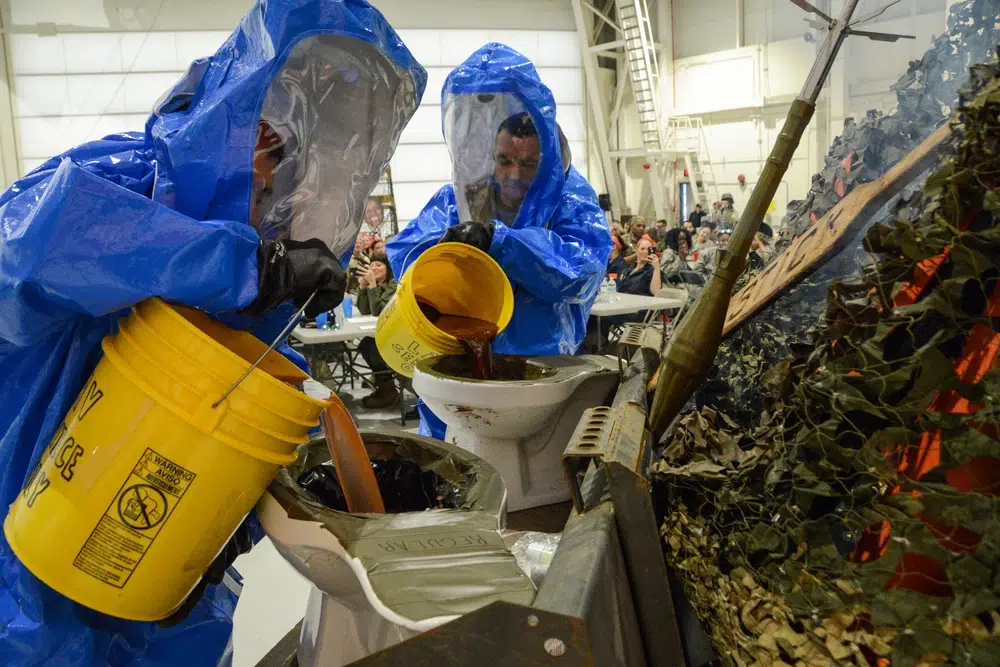
The military has its own culture that is completely separate from mainstream American culture. It’s full of its own customs, courtesies, and of course, traditions – even each military branch has its own. Some of these traditions are charming: for example, on the Marine Corps’ birthday, the oldest Marine serves the youngest Marine the first piece of the cake. However, other military traditions are a bit more weird and today we are covering five of the weirdest.
1) The Marines’ first deployment head shave
I’m not sure how far outside of the infantry this tradition goes, so it might be so minor that it is part of the infantry subculture of the Marine subculture. The tradition is that a new Marine going on their first combat deployment isn’t going with a full head of hair, instead, their heads get shaved, much like the first day they show up at boot camp.

The head shaving at boot represents you entering the Marine Corps; shaving your head before a combat deployment marks that you’ve truly become an infantryman. Traditionally, senior Marines would pass around the clippers and the shaving would happen in the quad or barracks rooms. You are for sure getting some wacky haircuts along the way, including mohawks, reverse mohawks, and 40-year-old-balding-guy shaves.
Shaving your head before a combat deployment is widely accepted, but it’s not often forced on a new Marine. Yet, if they don’t want to participate, they are left out of the pre-deployment festivities and fun. I’ve seen junior officers making their way overseas for the first time also getting their heads shaved, so everyone gets involved.
It’s a fun event that is part of the parties before deployment. Yet, as most Marines don’t have a lot of hair to shave and no combat deployments appear in the pipeline, this weird military tradition might fade away.
Related: Keep fit on deployment with these improvised workout equipment ideas
2) The Air Force’s Order of the Sword
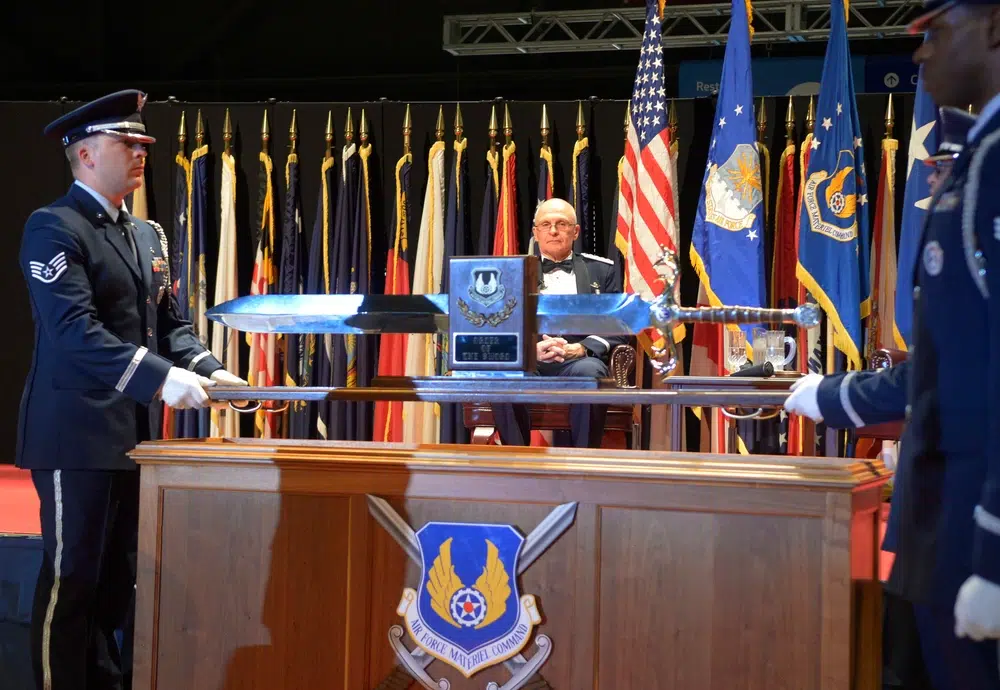
The Air Force’s Order of the Sword is typically a unit ceremony in which noncommissioned officers recognize an officer who has made significant strides to improve the lives of the enlisted service members.
Officers who are inducted into the Order receive a sword as an award at a formal dinner night. But the sword is extremely ridiculous: Its design isn’t always the same but it looks like a Japanese anime sword or one from a high-fantasy movie of the 1980s
Swords in the military are ceremonial but often have a connection with history. I guess the Air Force just wants it to stand out and be the exception.
The Order of the Sword started in 1967 and continues to this day. The idea of the tradition comes from the Royal Order of the Sword, which was first started by the Swedish to recognize officers.
3) The US Navy’s Crossing the Line Ceremony
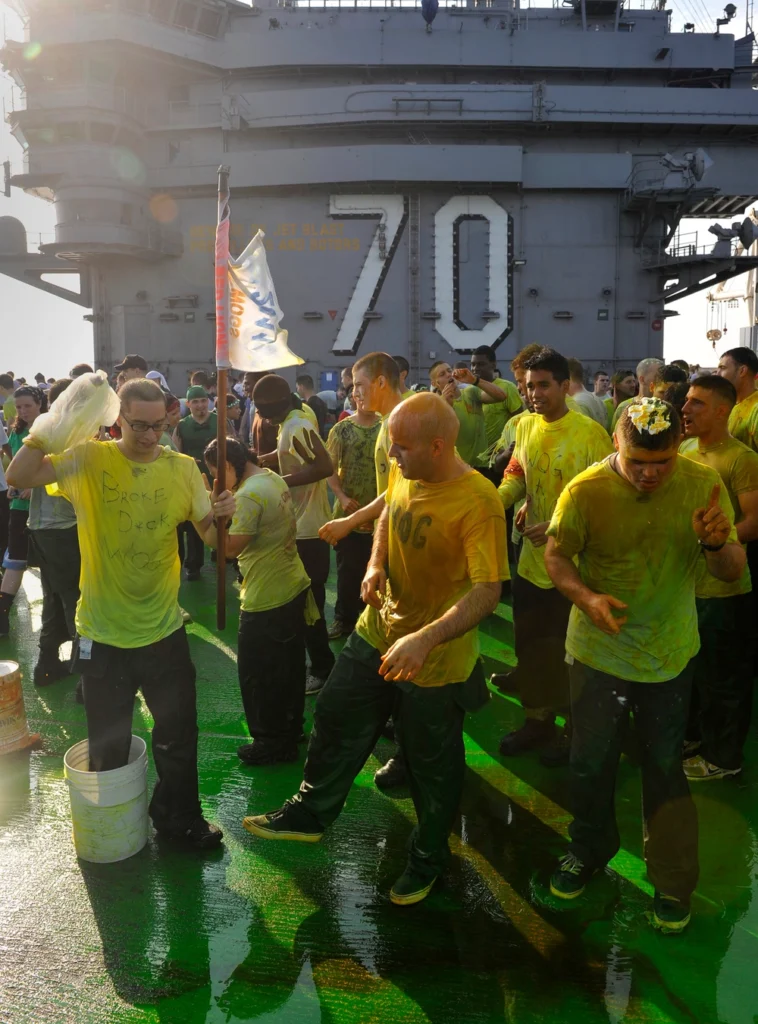
One of the Navy’s oldest and seemingly most beloved traditions is the Crossing the Line Ceremony. The line refers to the Equator, which ships crisscross all the time, and the crossing is celebrated with a huge ceremony occurring on the ship. The United States Navy isn’t the only Navy to celebrate the crossing: Australia, Canada, and the United Kingdom all have their own ceremonies.
In the U.S. Navy, the ceremony is typically an initiation for pollywogs who have never crossed the Equator; The Line Crossing Ceremony has the poor pollywogs put through a number of initiation rites by the shellbacks. These rites seem to vary wildly, and they are presided over by King Neptune, often an experienced sailor in some silly costume. Some of them are physical challenges, while others are knowledge-based. After crossing the Equator, the pollywogs become shellbacks.
Generally, the ceremony seems to be well regarded and good fun amongst Sailors and Marines involved.
Related: What are Navy SEAL ‘duck’ insertions and which one would you prefer?
4) The Army’s grog bowl
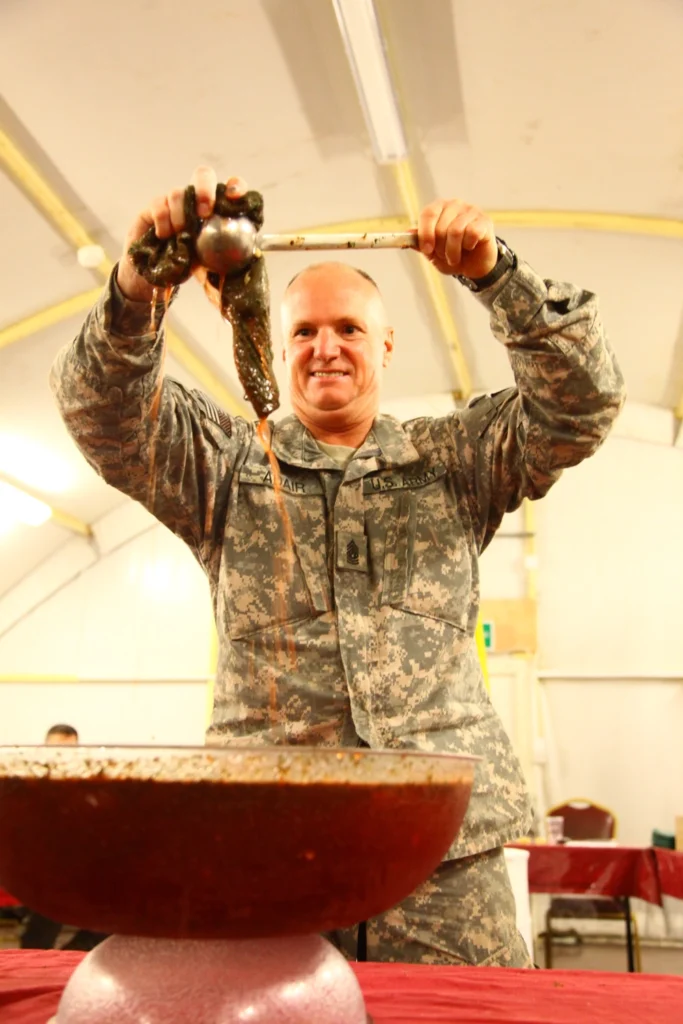
One of the Army’s traditions at its various balls and celebrations is drinking from the grog bowl.
The grog bowl could have chunks of old food, weird mixes of alcohol, coffee, dirt, rocks, boots, whatever. What it all adds up to is a disgusting, somewhat liquid-like drink that’s served in a punch bowl.
The mixture is often based on the role of the unit hosting the celebration; the location it’s deploying to; or perhaps some odd tradition linked to the unit. But the goal is to create a disgusting liquid mess that will be drunk by Soldiers. Drinking from the grog ball is called visiting the grog bowl and occasionally other branches also make their own grog.
5) Getting pinned
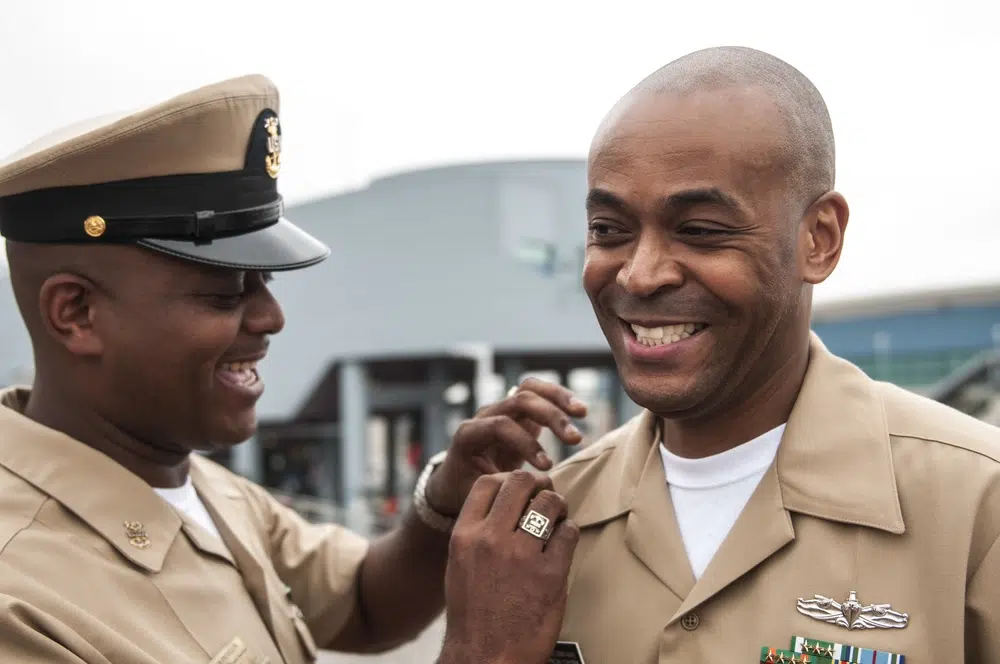
Rank and award pins have two posts that are sharp so they can pierce through the wearer’s uniform and be pinned to it. Normally a pair of frogs are fit to the posts so they don’t poke the wearer. However, this military tradition states that on the day you acquire the pin, you cannot put those frogs on, and anyone of the same rank or who has the same badge as the one you just acquired gets to punch, flick, or pop yours. This painfully drives the pin’s posts into the wearer.
Getting pinned seems to be universal in the U.S. military. It’s usually done in good fun and is seen as an initiation rite, but I still have a scare or two from making lance corporal. Pinning someone isn’t always a clever idea, and this painful event often fits the definition of hazing.
Many things get pinned to your uniform: for some branches, this includes a new rank upon promotion; for others, it could be jump wings or a dive badge.
Read more from Sandboxx News
- The ‘shadow scheme’ Britain used to disperse WWII production
- How F-16s will make Ukraine’s radar-hunting missiles much more capable
- Why stealth helicopters are so hard to design
- Destroying Kerch Bridge is key to retaking Crimea, but can Ukraine manage that?
- Sandboxx’s Alex Hollings nominated for 5 Defence Media Awards
Related Posts
Sandboxx News Merch
-

‘AirPower’ Classic Hoodie
$46.00 – $48.00 Select options This product has multiple variants. The options may be chosen on the product page -

‘Kinetic Diplomacy’ Bumper Sticker (Black)
$8.00 Add to cart -

‘Sandboxx News’ Trucker Cap
$27.00 Select options This product has multiple variants. The options may be chosen on the product page

Travis Pike
Travis Pike is a former Marine Machine gunner who served with 2nd Bn 2nd Marines for 5 years. He deployed in 2009 to Afghanistan and again in 2011 with the 22nd MEU(SOC) during a record-setting 11 months at sea. He’s trained with the Romanian Army, the Spanish Marines, the Emirate Marines, and the Afghan National Army. He serves as an NRA certified pistol instructor and teaches concealed carry classes.
Related to: Military Affairs
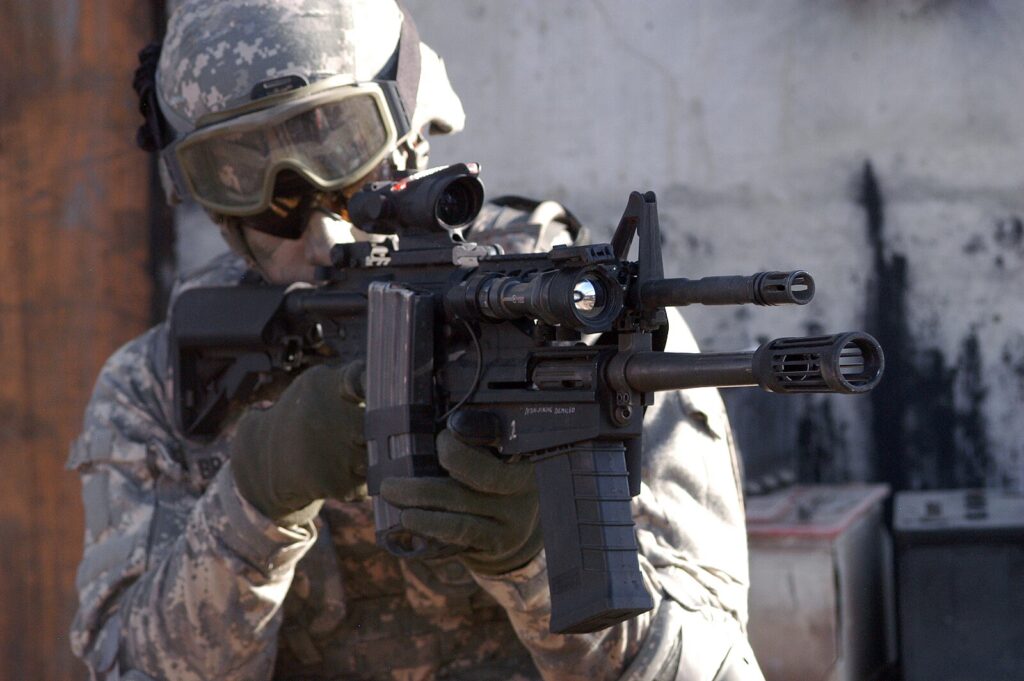
Keeping it weird – The most bizarre features on military firearms
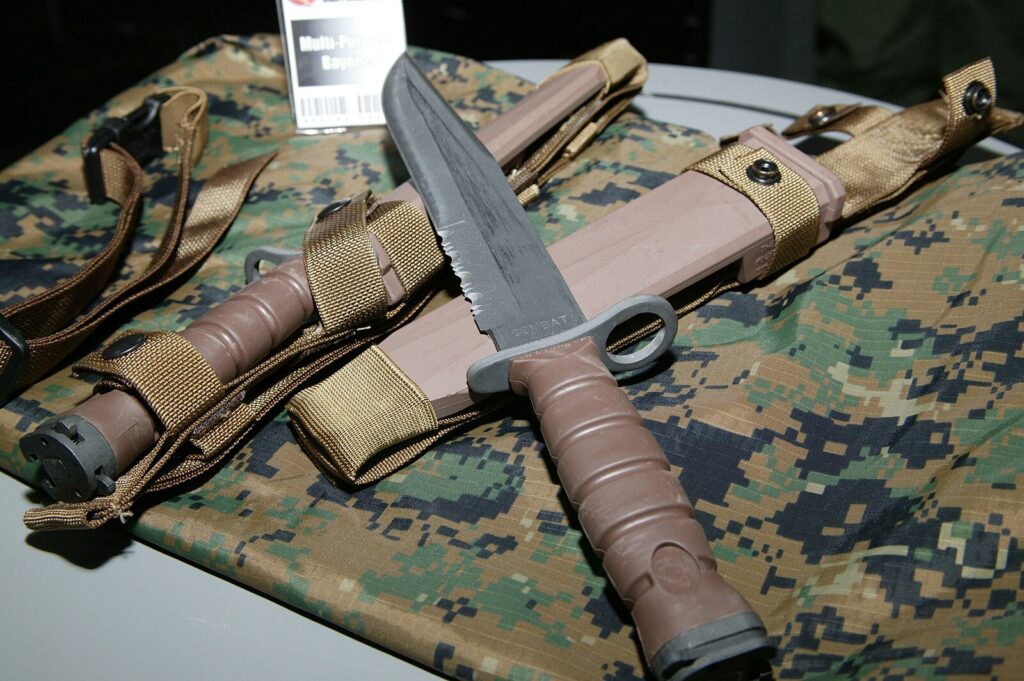
The five best bayonets still in use around the world
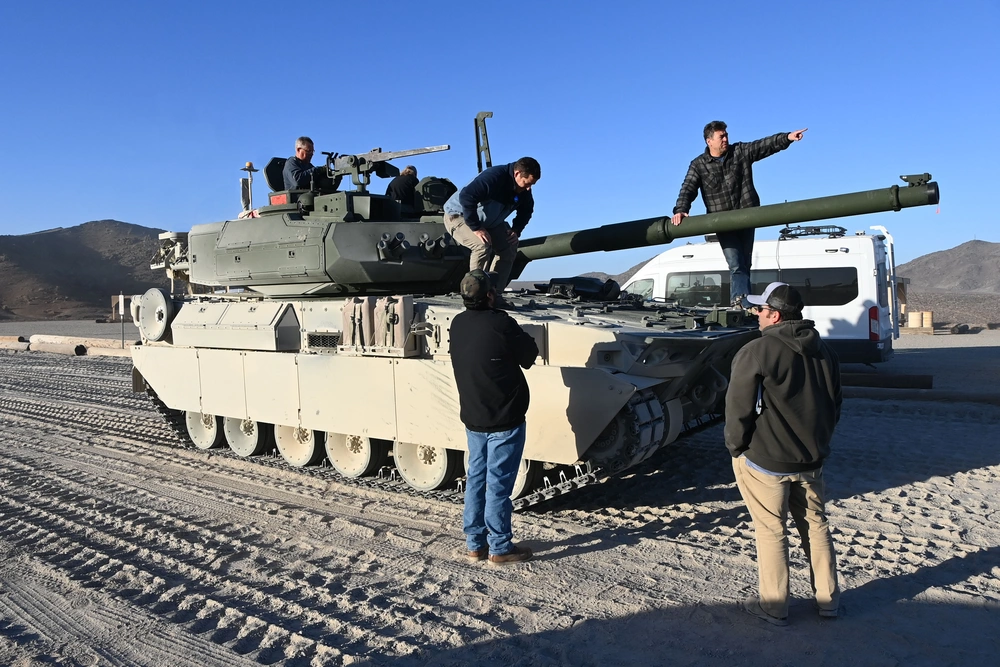
The M10 Booker and how the Army flubbed a tank
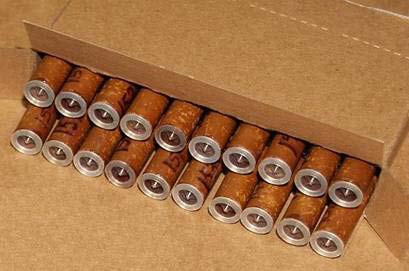
Caseless ammo could be the future of cartridges
Sandboxx News
-

‘Sandboxx News’ Trucker Cap
$27.00 Select options This product has multiple variants. The options may be chosen on the product page -

‘AirPower’ Classic Hoodie
$46.00 – $48.00 Select options This product has multiple variants. The options may be chosen on the product page -

‘AirPower’ Golf Rope Hat
$31.00 Select options This product has multiple variants. The options may be chosen on the product page -

‘Sandboxx News’ Dad Hat
$27.00 Select options This product has multiple variants. The options may be chosen on the product page
